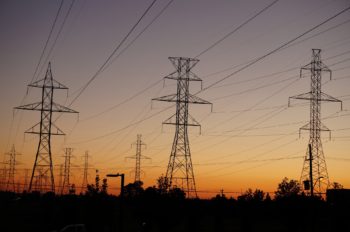
“There are roughly 200 vehicles down there at last count, ranging from cars and pickups to rental trucks,” George Kuntz, vice president of the North Dakota Towing Association, told reporters Tuesday.
Sanitation crews are working night-and-day to clean up hundreds of thousands of pounds of trash from the DAPL construction site. The debris needs to be removed from the city-sized campsite before spring thaw floods the area.
Relevant personnel are combing the site for dead bodies rolled up in tarps, as well as weapons that could be used against Morton County police officers. They are using bulldozers and earth-moving equipment to scrape the area clean of debris.
Kuntz, who’s been working on the cleanup efforts, also said there could be a “drastic situation” if the vehicles are not moved before spring rains — which is ironic, he added, considering that protesters fancy themselves “water protectors.”
“We can’t leave them there. We don’t know what kind of biohazard is going to be produced with all the fluids or any other garbage that’s inside the vehicle,” he added.
Tens of thousands of environmentalists and Indian American tribes have settled at the confluence of the Cannonball and Missouri rivers to derail the highly controversial DAPL, which would shuttle 500,000 barrels of Bakken oil from North Dakota to Illinois.
Standing Rock Sioux, one of the tribes opposing the multi-state project, believe the DAPL could trample tribal artifacts and poison the Missouri River. Cultural surveys conducted last year by the Army Corps of Engineers, however, show the pipeline avoided tribal lands.
The tribe began urging protesters to leave the area after the Army Corps rejected the $3.8 billion project in December. But President Donald Trump’s decision to approve the pipeline in January led to increased activity at the campsite.
















